Respected writer and historian professor Jim Hunter is calling for Sabhal Mòr Ostaig to become Scotland’s first Gaelic university.
The move, which would require the backing of the Scottish Government and the Scottish Funding Council, would give the Isle of Skye-based college further and higher education college its own degree-awarding powers.
Based in the Sleat peninsula, Sabhal Mòr Ostaig, the National Centre for Gaelic Language and Culture, is currently an independent academic partner of the University of the Highlands and Islands (UHI).
With the unique distinction of having Scottish Gaelic as the sole medium of instruction on its courses, the college is regarded as having played a crucial role in the linguistic and cultural renaissance of the Gaelic language in Scotland.
Mr Hunter, author of 14 books about the Highlands and islands and the region’s worldwide diaspora, and the first director of UHI’s Centre for History, will make his call when he delivers Sabhal Mòr Ostaig’s annual lecture later today.
He will tell the audience that, while the pursuit of university status would involve “no end of difficulty”, the college could follow in the footsteps of the Royal Conservatoire of Scotland.
In 1993, the Glasgow-based conservatoire became the first higher education establishment of its kind to be granted its own degree-awarding powers.
Mr Hunter said: “Already there’s a precedent for such recognition in the Royal Conservatoire of Scotland, which is firmly inside the Scottish higher education sector, but with its own cash allocation and its own degree-awarding powers in areas like music, film, dance, drama and arts production.
“In the sphere of Gaelic language – Gaelic culture, history, heritage in the widest sense – Sabhal Mòr Ostaig occupies a role analogous to that of the conservatoire and surely merits the same treatment.
“Sabhal Mòr Ostaig, to speak plainly, needs to be seen, needs to be funded, as Scotland’s first Gaelic university.”
Founded in 1973 in old farm steadings at Ostaig, the college was set up with a mission to contribute to the revitalisation of the Gaelic language and culture.
Socio-economic impact on Skye
In 2015, Ionad Iain Nobail, the first building in the college’s Kilbeg development was officially opened by First Minister Nicola Sturgeon and was built as a centre for academic research, knowledge transfer and enterprise.
Kilbeg is the first new “planned village” in Skye for around 100 years and builds upon the significant socio-economic impact Sabhal Mòr Ostaig has had in the region since its establishment.
Future phases of a wider masterplan include a range of housing, retail and enterprise units, a small hotel and sports and recreation facilities for the college and wider community.
Looking to the future, Mr Hunter added: “I hope that Sabhal Mòr Ostaig, this transformative institution, continues to amaze, with a larger student body, bigger staff, a growing campus and a new status.
“That status will, I trust, maintain some linkage to the University of the Highlands and Islands, but embody recognition of the remit and the purposes that makes Sabhal Mòr Ostaig so distinctive.”
‘An important and valued member of the UHI partnership’
A spokeswoman for the University of the Highlands and Islands said: “Sabhal Mòr Ostaig is an important and valued member of the UHI partnership. We are proud of our close partnership which allows us to deliver a range of college and university courses and research opportunities.
“Our diverse partnership, which is rooted in our communities, is one of the many reasons students rate their experience with us so highly in national surveys and our research is recognised as world leading.
“We are committed to continuing our support with Sabhal Mòr Ostaig as we grow and evolve together and work to promote and enhance Gaelic language and culture.
Prestigious history of Skye lecture
The inaugural Sabhal Mòr Ostaig’s annual lecture was delivered in 1990 by Professor Hunter when he was the director of the Scottish Crofters Union (now the Scottish Crofting Federation) and has been addressed by many prominent figures throughout the years.
These include Runrig singer Donnie Munro in 1996 and first ministers Donald Dewar (2000), Jack McConnell (2004), Alex Salmond (2007) and Nicola Sturgeon (2015).
In 1999, future prime minister Gordon Brown was the speaker at the event when he was chancellor and two years previously in 1997 it was addressed by President of Ireland, Mary Robinson.
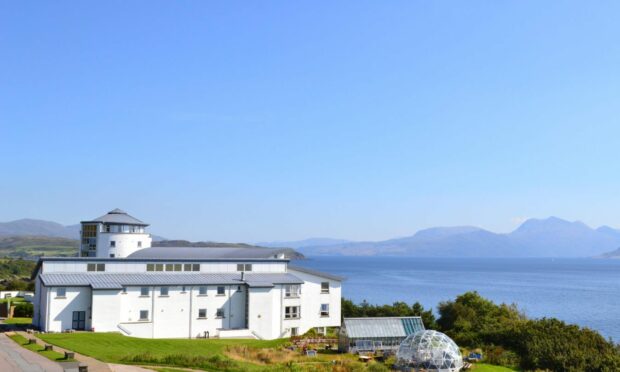
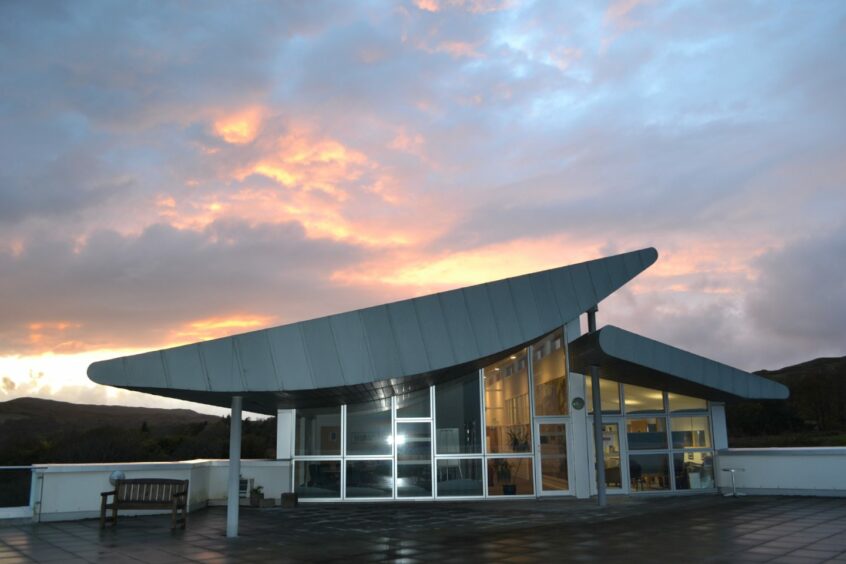



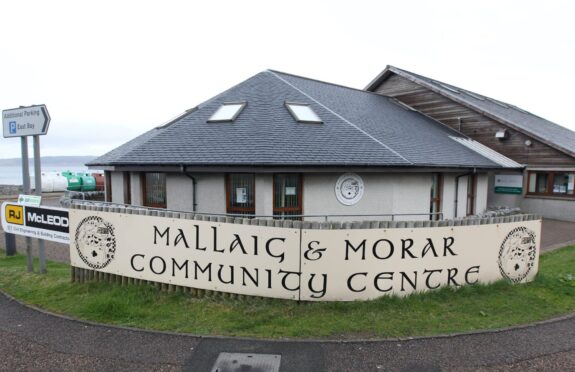

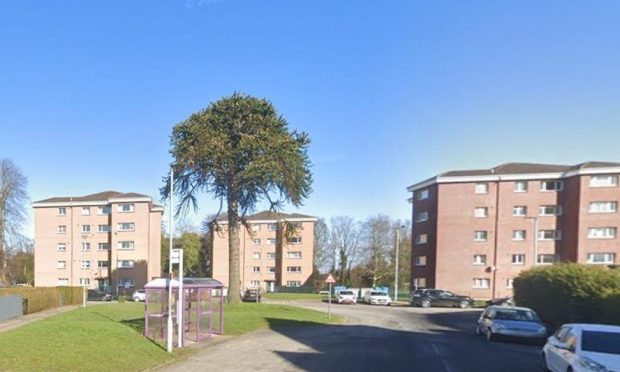
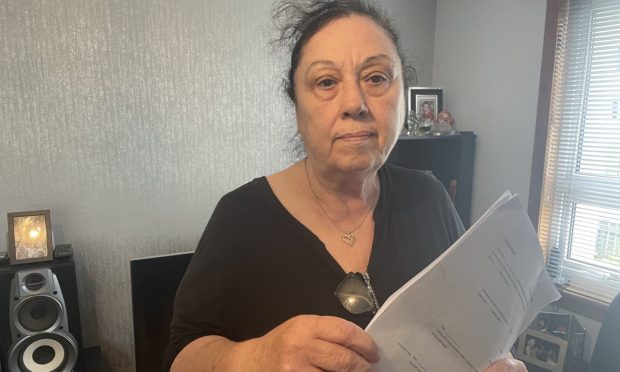


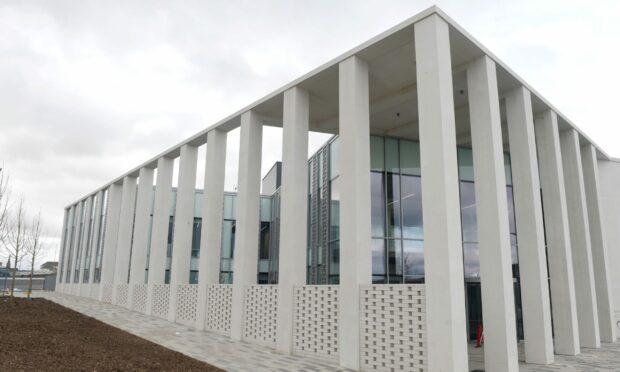


Conversation